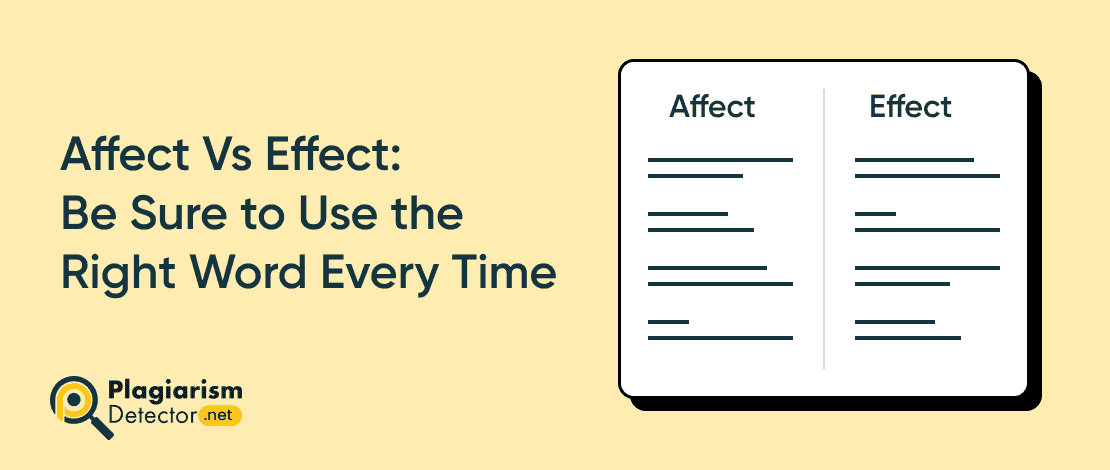Role of AI Detectors Against AI-Generated Content Misuse

It’s 2025, and this is no surprise; we’re drowning in content. Here, distinguishing between reality and AI-generated content is becoming a full-time job. And yes, AI writing tools are super powerful and pretty convenient (we don’t deny). But when they’re misused? That’s when things get messy.
That’s precisely why AI detectors have become such a big deal. They’re not here to ruin the AI party; they’re here to keep things honest. This guide breaks down why these tools matter, how they work, and when they’re seriously needed.
Understanding the Growing Challenge
Let’s not beat around the bush, AI writing tech is smart. Like, scary smart. It can copy tone, replicate writing styles, and even throw in casual flaws to mimic a real human voice. But just because it can sound human doesn’t mean it should replace authentic voices everywhere.
Here’s the core problem: People are using AI to cheat, deceive, and manipulate. And most folks can’t even tell it’s happening.
What’s going wrong:
- In education, Students are submitting complete essays written by bots, and teachers can’t always prove it.
- On the web, AI-generated articles may spread outdated, unauthentic information or fluff that adds zero real value.
- In business, Fake reviews and autogenerated marketing copy mislead buyers and damage trust.
And the worst part? The line between “using AI to help” and “using AI to replace effort” is getting super blurry.
So no, this isn’t about banning AI. It’s about protecting the places where human originality still matters and making sure people know when they’re reading something machine-made.
How Do AI Detectors Work?
AI detectors aren’t guessing games or one-click gimmicks. They run deep behind the scenes, scanning the structure and rhythm of text to spot what most human readers would miss.
Here’s what they typically look for:
- Predictability Patterns:
AI tends to write with overly balanced rhythm. Therefore, these advanced AI tools are efficiently built to flag when things are too neat or oddly formulaic.
- Perplexity Scores:
This just means: how surprised is the system by the word choices? AI writing tends to stick with high-probability (aka safe) words, leading to low perplexity.
- Burstiness Checks:
Human writing is naturally uneven (Yes, and that’s fine!). Some long sentences, some short. Some vivid words, some basic ones. BUT, AI writing often lacks that uneven, organic feel.
- Repetition and Syntax Tracking:
AI sometimes repeats ideas, phrases, or sentence starters more than a person would, especially in longer texts.
- Logical Flow Analysis:
Even when AI nails grammar, its ideas can feel disconnected or oddly structured. Hence, sophisticated Detectors now examine how well thoughts flow and build.
Modern detectors also cross-reference known patterns from large datasets of human vs. AI content, using trained models to catch even subtle cues from tools like GPT, Claude, or other LLMs. With the continuous refinements, they’re getting even more accurate and harder to fool.
Why AI Detectors Are Now Non-Negotiable?
Whether you’re running a classroom, hiring new staff, publishing blogs, or moderating content, employing the advanced AI detector is becoming the seatbelt of digital communication. Let’s look at the real-world areas where it is protecting the integrity:
Education
- Catch AI-written assignments early
- Promote real learning over shortcuts
- Keep grading fair for everyone
In schools and universities, it’s not about punishment; instead, it’s about preserving honesty. Students need to learn, not just submit “passable” work. And teachers deserve the tools to tell the difference.
Business & Content Marketing
- Ensure blogs and product pages aren’t just AI filler
- Avoid SEO penalties from AI-spam
- Build audience trust with real value, not robotic fluff
Originality matters to both Google and your readers. Brands using unchecked AI content risk sounding hollow and losing customer connection.
HR & Hiring
- Spot AI-generated cover letters and resumes
- Understand if candidates can honestly communicate
- Avoid hiring based on AI-polished applications
A flawless resume might not demonstrate genuine skill; it might simply be effective prompting. Detectors give recruiters a second lens to view applications.
Academic Publishing & Research
- Detect AI-written abstracts or research reports
- Protect originality in peer-reviewed work
- Ensure fair credit and authorship
In high-stakes academic environments, proper attribution isn’t optional; instead, it’s everything (Literally!). Therefore, sophisticated AI Detectors act as gatekeepers against quietly ghostwritten content.
Using AI Detectors Technology the Right Way:
AI detectors technology isn’t here to shame anyone. They’re not about “gotchas” or witch hunts. They’re about ultimate accountability and support.
So, what’s the innovative approach? Use these tools to enhance the quality and honesty of your work, not to punish others or create fear.
Here’s how to use them responsibly:
- Check your content before publishing, especially if you’re working with freelancers or agencies.
- Use them in schools to guide, not punish. Students need education, not surveillance.
- Pair AI detection with plagiarism tools; two layers of accountability are better than one.
- Educate teams and contributors. Explain why authenticity matters and what’s at stake.
When used this way, it helps raise standards without killing creativity.
And honestly? Most people don’t care if you used AI to brainstorm. They care if you’re being honest about it.
Beware!
Why AI Plagiarism Checkers Are Essential for Freelance Writers
Role of AI Content Detection in Content Writing
Building a Healthier Relationship with AI Content
The real goal isn’t just catching people misusing AI; instead, it’s stopping the misuse before it starts. That means more awareness, honest conversations, and smarter content standards. For this:
- Teach people how AI tools work
- Encourage transparency instead of hiding AI involvement
- Set clear content standards that still value creativity and originality
- Start honest conversations in schools, workplaces, and online spaces
This isn’t just for tech people. From students using the advanced AI models for essays to professionals writing blogs, everyone’s part of this shift. The more honest we are, the better we all adapt.
Building a Balanced Future
A thoughtful approach blends technology, policy, and plain old human judgment. Organisations that combine detection tools with clear AI usage guidelines and offer education around ethical use navigate this space better.
Some institutions are already asking for AI disclosures (like “AI partially assisted this essay”), which feels like a middle ground between full restriction and total freedom.
This transparency builds trust, rather than eroding it.
Capping Off:
AI’s not something bad. It’s a powerful technological invention: one that can write a lot of words really quickly. But here’s the thing: speed isn’t soul. You can’t teach a machine how it feels to be unsure, or excited, or just plain tired while writing…. (right?) That’s where AI detectors come in.
Not to shut things down, but to help us hold on to what’s real. Because when you’re reading something online, you kinda want to know, was this written by someone who meant it? Or just generated and sent off? The truth is, the human voice still hits differently. And no smart tech has managed to fake that yet.




